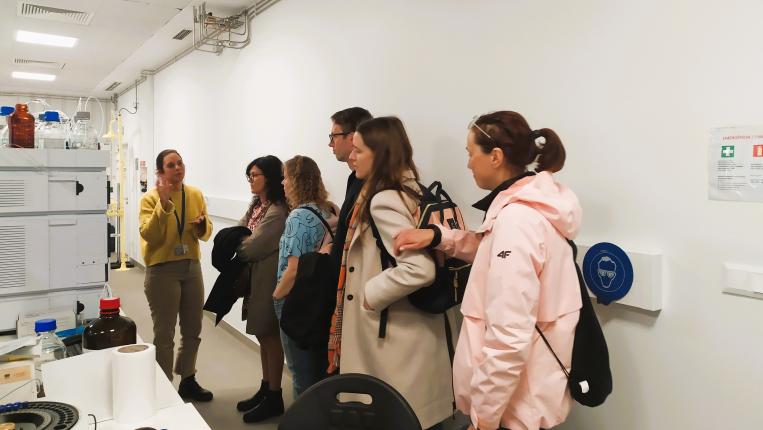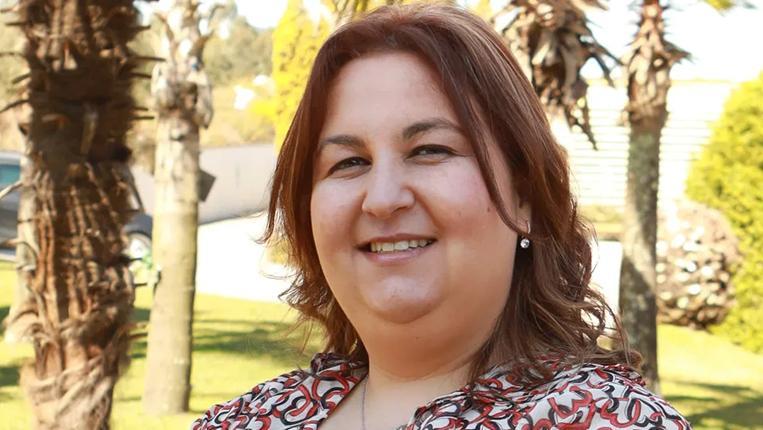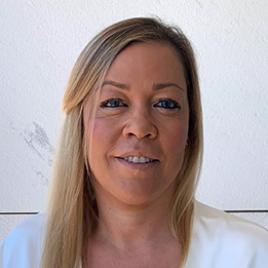Objectives and competences
To know how to perform numerical calculations.
To derivate and integrate functions. To know how to solve differential 1st order equations.
Teaching Methodologies
Theoretical classes (1.5 h), where fundamental concepts are presented and some application examples are given, accompanied by tutorial classes, in which students solve exercises related to the CU.
Syllabus
- Functions.
Functions: power module, polynomial, rational, exponential, logarithmic, trigonometric and inverse
trigonometric.
- Differential calculus.
Basic derivation rules
Derivative of the inverse function
Derivatives of studied functions, referred in 1
Logarithmic derivation
Implicit differentiation
Tangents to parametric curves
linear approximation of a function
Indeterminate forms and L'Hopital’s rule
Monotony of a function.
Critical points of a function. Relative extremes
Concavity of a function. Inflection Points
1st derivate test. 2nd derivate test.
Theorem of the average of the differential calculation.
- Integral calculus
Primitive of a function. Indefinite integral
Integral curves of a function. Immediate primitive
Integration by parts replacement and by parts
Definite integral
Fundamental theorem of calculus
Theorem of the average of integral calculus
Area calculation.
- Differential equations.
Separable equations of 1st order.
Linear equations of 1st order: homogeneous and complete.
Applications in different areas of Bioengineering.





